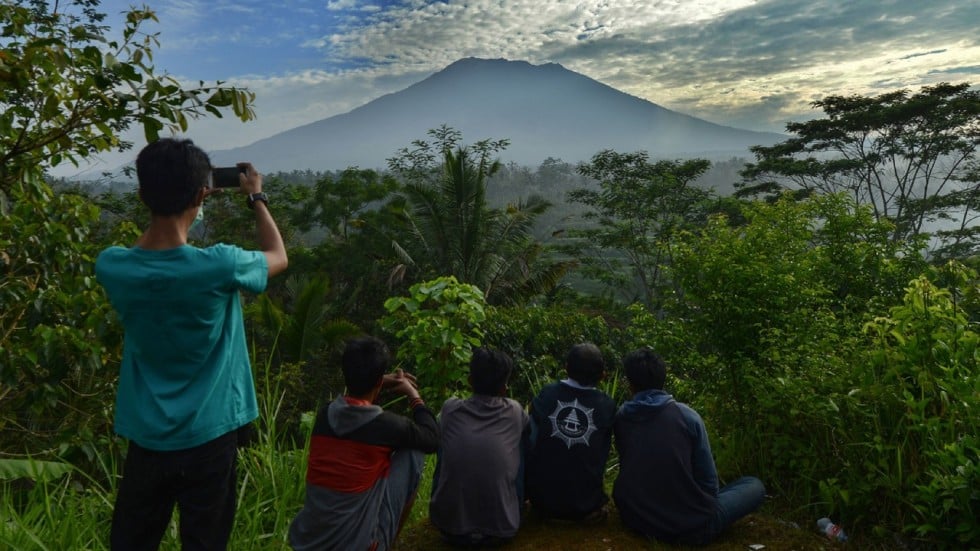
With hundreds of daily tremors, indicating the increase in magma has forced more than 75,000 people to be evacuated from the adjacent Mount Agung area, Bali.
Waskita Sutadewa, spokesman for the disaster mitigation agency in Bali, said people have scattered to all corners of the island and some have crossed to the neighbouring island of Lombok. The last eruption took place in 1963 which killed about 1100 people.
 Most of the evacuees are now living in temporary shelters, sports centres, village halls and with relatives or friends. However, some still need to return to the danger zone which is about 12 kilometres from the crater to tend to livestock.
Most of the evacuees are now living in temporary shelters, sports centres, village halls and with relatives or friends. However, some still need to return to the danger zone which is about 12 kilometres from the crater to tend to livestock.
Although the officials have said that there is no immediate risk for the tourists but some of them have already cut short their trials. A significant eruption would force the closure of Bali’s international airport, stranding thousands.
As per the latest update, the Australian flights to Bali are continuing as scheduled. Virgin Australia, Jetstar and Qantas flights to Denpasar International Airport remain unaffected as the airlines continue to monitor warnings. Virgin Australia has warned of possible flight delays and said some Bali bound flights will be making fuel stops in Darwin as a precautionary measure. “This ensures that if an eruption occurs while the aircraft is en route, we will be able to get guests back to their originating port safely and quickly,” the airline said in a statement.
Qantas and Jetstar are also operating as per the scheduled timings.
Bali airport officials have prepared contingency plans for a possible emergency shutdown of the busy tourist island’s Bali’s Ngurah Rai airport (Denpasar International Airport), in which planes would be diverted to Lombok and Surabaya airports — assuming they too were not affected by an eruption.
The Indonesian authorities raised the alert level for Mount Agung to the highest level stating that there is a “tremendous increase” in seismic activity. No one yet knows when — or even if — Mount Agung will erupt, though the intensity and frequency of seismic activity within the crater has been steadily increasing over the week with 800 tremors recorded.